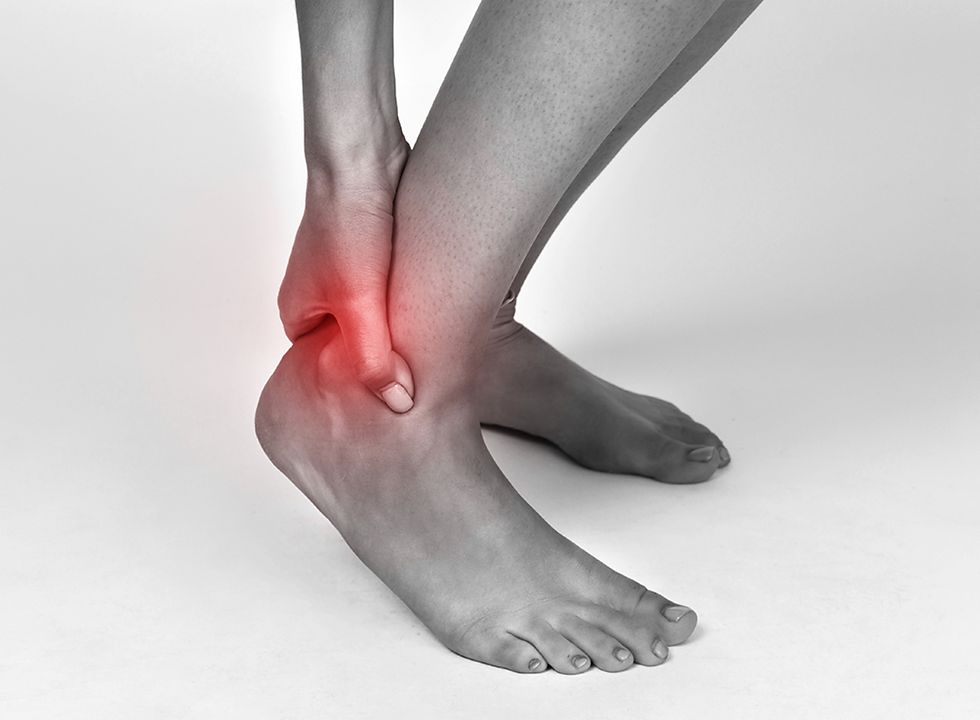Optimising the ergonomics of your workstation
- Karen Cheng

- Apr 22, 2022
- 2 min read

When the working space at the office or home isn’t set up properly, injuries to the human body can occur. Therefore, it is important that we observe proper desk and chair ergonomics to reduce work-related musculoskeletal disorders.
Ergonomics is defined as “fitting the job to the worker”. It is important because it can improve the quality of your work, life and reduce the amount of fatigue and discomfort you feel while you are working at your desk.
Work-related musculoskeletal disorders (WMSD) are issues that arises from the body because of things done at work over a period of time. WMSD is also known as cumulative trauma disorders, repetitive strain disorders, or overuse injuries.
In this article, we will explore what are the optimal office space set-up so that you can work comfortably at the office or at home.
Optimal Monitor Set-Up
Your computer monitor height should be set up such that your eyes are at the top 1/3 of the screen. Your monitor should be 1 arm’s length away and should be set up right in front you such that your head is neutral.
However, the set up differs if you are using double monitors. If you are using both monitors equally (50:50), then the edges of the monitors should be in the center, that is right in front of you. If you are using one monitor more than the other (70:30), then keep the monitor that you are using more at the center, and the other one to the side.
Optimal Keyboard and Mouse Set-Up
Your keyboard should be kept as close to the edge of the desk as possible, such that your elbows are kept close to your body and can rest on the arm rests.
Your mouse should be kept as close to your body as well. The problem with using the mouse very far away from your body is that you will start using your shoulder girdle more, which will cause shoulder discomfort in the future.
With that being said, it is best to use a keyboard with no number pad on the side since that will allow you to keep your arms close to the body as you are typing and using your mouse.
Optimal Chair and Desk Set-Up
The height of your chair should be low enough such that both your feet are firmly planted on the floor, but high enough so that your knees are at the same height as your hips. You should bring your buttocks all the way to the back of your chair as that will provide you lumbar support for your lower back.
The height of your desk should be low enough such that your shoulders are not shrugged up towards your ears, but high enough such that your elbows are bent at about 90 degrees.
Conclusion
These are the optimal set up for your workspace at work or at home. This will actively reduce the potential ergonomic risk factor associated with working.



Comments